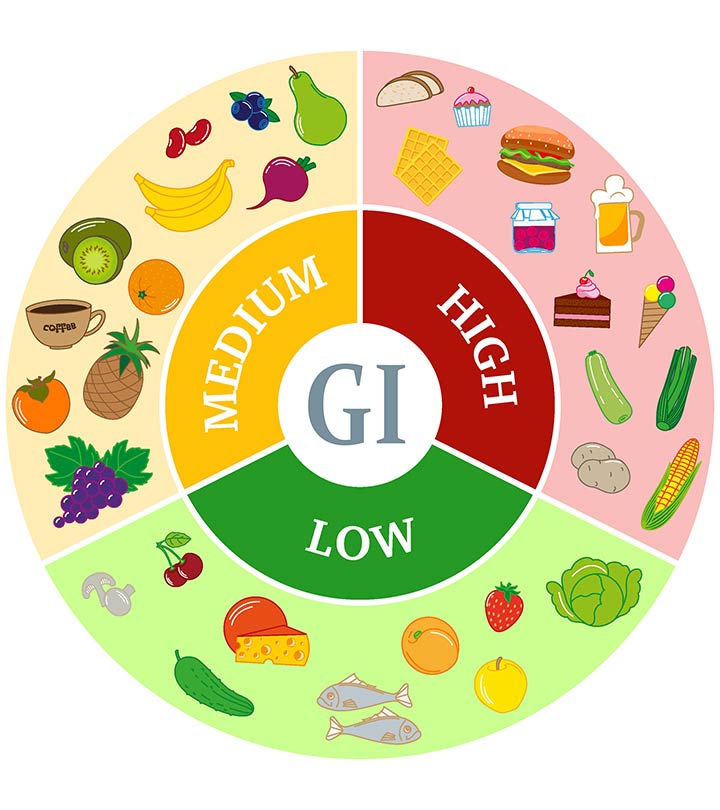Anti-Inflammatory Diet
Eat Like You Care
Eat Like You Care
Your body is your health, and what you put into it matters.
Quick Links Within This Page (just click on the topic):
The Plan
There are Two Key Concepts
Introduction
The Gist
The Benefits
Foods I Recommend
Contact me for more information, and for diet and exercise consultations personalized for you:
[email protected]
720 470 8049
Background
As we have learned, there’s a process where inflammation can be reduced by how and what we eat. It pertains to a “cascade of inflammation” – how inflammation begins, builds, and then causes damage, and how eating certain foods and avoiding others can help reduce or prevent dramatic spikes in cellular inflammation.
Here’s how it is applicable to lupus and other chronic conditions including arthritis, MS, Parkinson’s, chronic fatigue syndrome, fibromyalgia, Diabetes, and more. It applies to people without chronic disease, too.
Common to all autoimmune diseases is inflammation, says Dr. David Roth, director of clinical development at Glaxo SmithKline, a co-developer of Benlysta. Auto-immune disease, in all of its forms, including lupus, multiple sclerosis and rheumatoid arthritis, is an inflammatory condition. An acceptable amount of auto-reaction within the body is normal. B cells are responsible for creating the sequence of events whereby autoreactive antibodies are produced. B cells are also responsible for creating a protein called BlyS. Certain levels of BlyS are acceptable and indeed necessary for regular healthy function. However, when too much BlyS is present, these autoreactive cells tend to live longer and proliferate more profusely. The result is more, longer-living and stronger autoreactive cells. And when the body attacks itself, inflammation, on a cellular and macro level, occurs.
So, we are all working towards reducing inflammation, which can have such harmful effects on our bodies. Since diet can help reduce inflammation, diet can help people with chronic conditions feel better.
Decreasing inflammatory foods can be helpful for other conditions as well. Eating a low-sugar diet can help greatly contribute to a reduction in blood cholesterol levels. When I began my anti-inflammatory diet, my cholesterol levels decreased by a third. Of course, lowering one’s blood sugar levels can also significantly impact weight loss, another side benefit I was happy to experience.
There are many additional compelling reasons to reduce the inflammation in our bodies. Inflammation is linked to atherosclerosis (hardening of the arteries), the principal cause of heart disease and stroke. Fat tissues also increase insulin resistance, leading to type 2 diabetes. Ref.: “The G.I Diet” by Gallop (p. 135).
Additional References:
The Relationship Between Sugar And Inflammation (what I call, “The Proof”)
The Relationship Between Foods And Reduction Of Inflammation And Pain
Chronic Inflammatory Nature Of Lupus And The Relationship Between Inflammation And Pain
Glycemic Index
Aim to eat foods with a low to medium Glycemic Index

